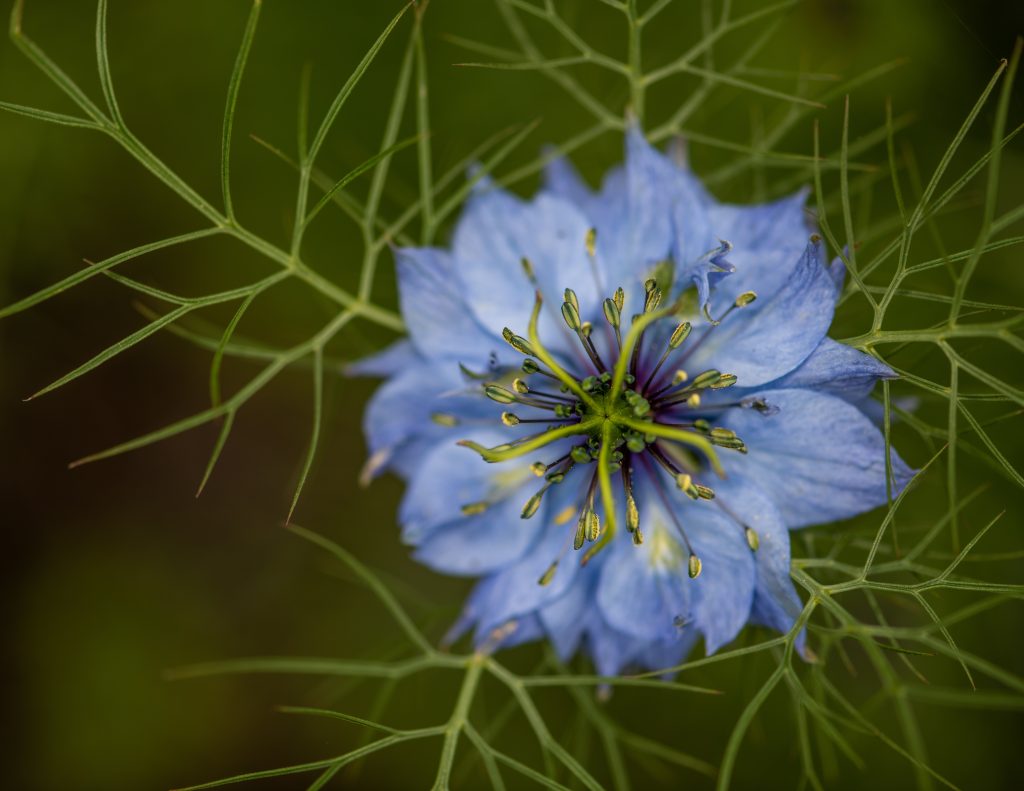Table of Contents
Does growing and caring for Nigella flowers bother you? Not anymore! Delve into our fascinating world of plants and flowers as we provide helpful growing and maintenance tips in this in-depth guide to assist you in successfully cultivating the lovely Nigella Damascena, also known as Love-in-a-mist.
Love-in-a-Mist is a charming annual that brings a dash of whimsy to any landscape – all thanks to its delicate Nigella flower and elegant foliage. The unusual seed pods, which appear like tiny lanterns, add to its attractiveness. This plant is indigenous to Europe, North Africa, and Southwest Asia and is a member of the Ranunculaceae family. Love in a Mist is a standard selection for both new and seasoned gardeners due to how simple it is to grow. So, join in this horticultural adventure and learn to care for Nigella so that it can grow in your own yard.
Growing and Caring Tips for Nigella Plants
Love in a Mist or Nigella is easy to grow and maintain. However, a slight mistake in the process can hamper their growth and development. Follow the below-mentioned tips for growing and caring for nigella plants. We guarantee this will bring your success and many beautiful blooms in the long run.
1. Planting Nigella Seeds
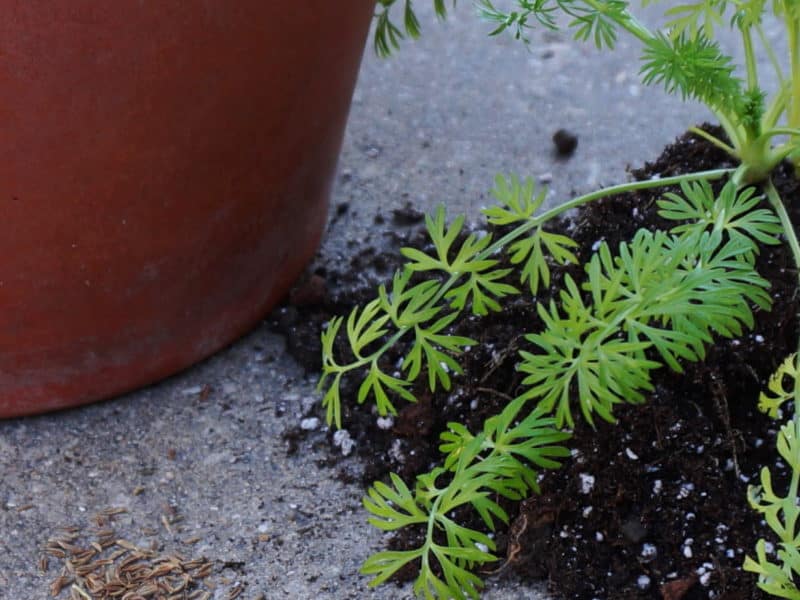
Love in a Mist is easy to grow and has many benefits. First, choose a sunny spot in your yard with well-drained soil as a starting point. Then, sow the nigella seeds straight into the ground in the early spring or late autumn, softly covering them with a thin layer of mud.
Keep in mind that seeds need light to germinate, so don’t bury them too deeply. Instead, maintain a constant moisture level in the soil until seeds germinate, typically taking 7 to 14 days. After the springs appear, trim them out to provide room for healthy development. Love in a Mist will soon bloom in your garden, adding a touch of magic.
2. Watering the Nigella Plant
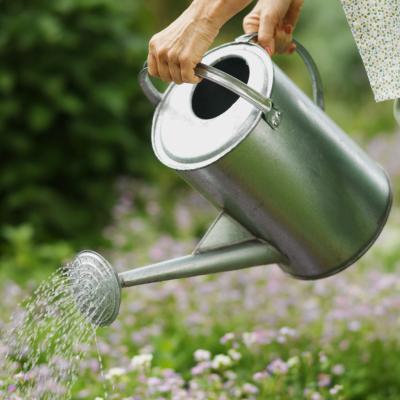
Love in a Mist thrives on reasonably rich, well-drained soil. It may survive in loamy or sandy soils. Ensure the earth is wet but not soggy. In order to main ground the soil, continuously moist it without overwatering. For example, water the plant when the earth seems dry to touch.
Increased watering may be required in hot and dry weather. You can give Nigella the best habitat for solid development and brilliant flowers by keeping the proper soil conditions and watering schedule.
3. Sunlight Conditions
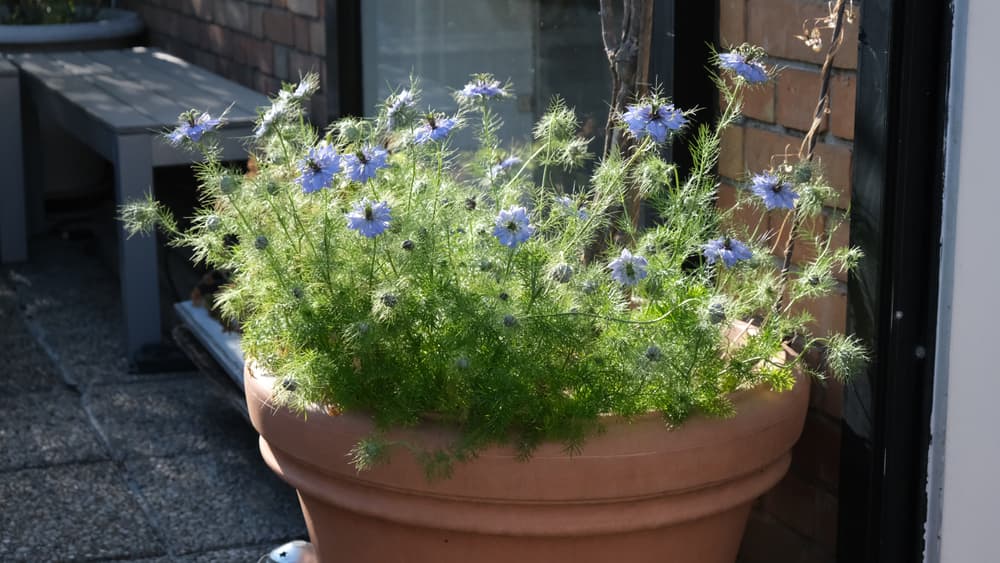
Nigella flowering plant can flourish in situations ranging from full sun to light shade. Giving them at least six hours of direct sunshine each day is advised for optimum development and flowering. They can withstand some shade, nevertheless, especially in hotter climates where they can offer protection from harsh sunshine.
It is essential to strike a balance between sunlight and shade to guarantee good development and abundant flowers. You may encourage these lovely blooms to grow and add their delicate beauty by planting Love in a Mist in an area with enough sunshine.
4. Temperature and Humidity Requirements
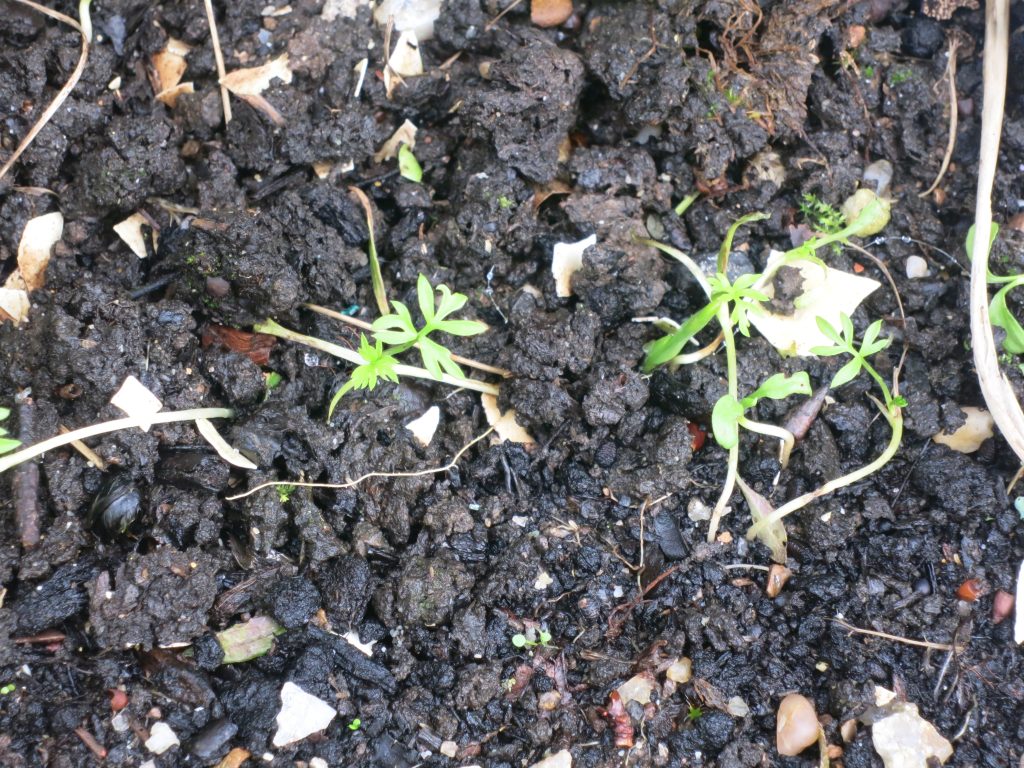
Nigella is a hardy plant that adapts to various climatic situations. Therefore, it is appropriate for many places since it can withstand chilly and warm conditions. However, it can suffer in extremely cold or hot weather and usually like intermediate temps.
In terms of humidity, Nigella is adaptable to various circumstances and, once established, is generally tolerant of drier ones. So, ensure that Nigella grows and is maintained in your yard by giving it a moderate habitat and preventing drastic temperature changes.
5. Mulching for Nigella Plants
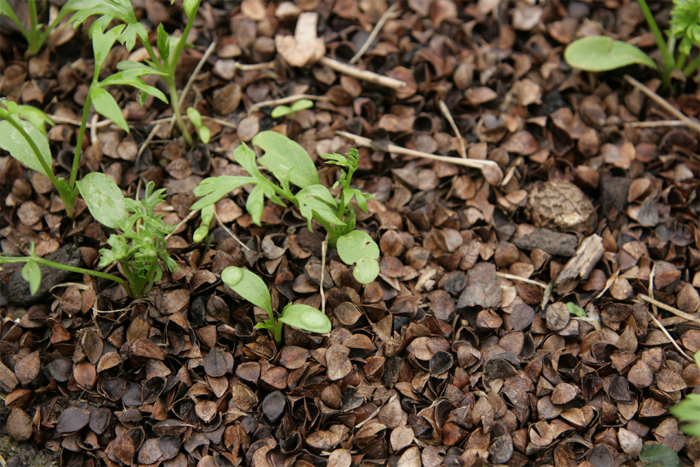
Nigella saplings benefit from mulching since it helps to foster ideal growth conditions. In addition, applying an organic mulch layer around the plants promotes soil moisture retention, inhibits weed development, and helps to maintain a more constant soil temperature.
As it decomposes over time, organic mulch, such as compost or chopped-up pieces of bark, can also provide nutrients to the soil. Mulching also creates a barrier of defense against soil erosion and minimizes the chance of dirt spilling onto the leaves, which can cause disease.
You may give Nigella plants a healthier and more stable growth environment by mulching around them, improving their general health and appearance.
6. Pruning And Deadheading
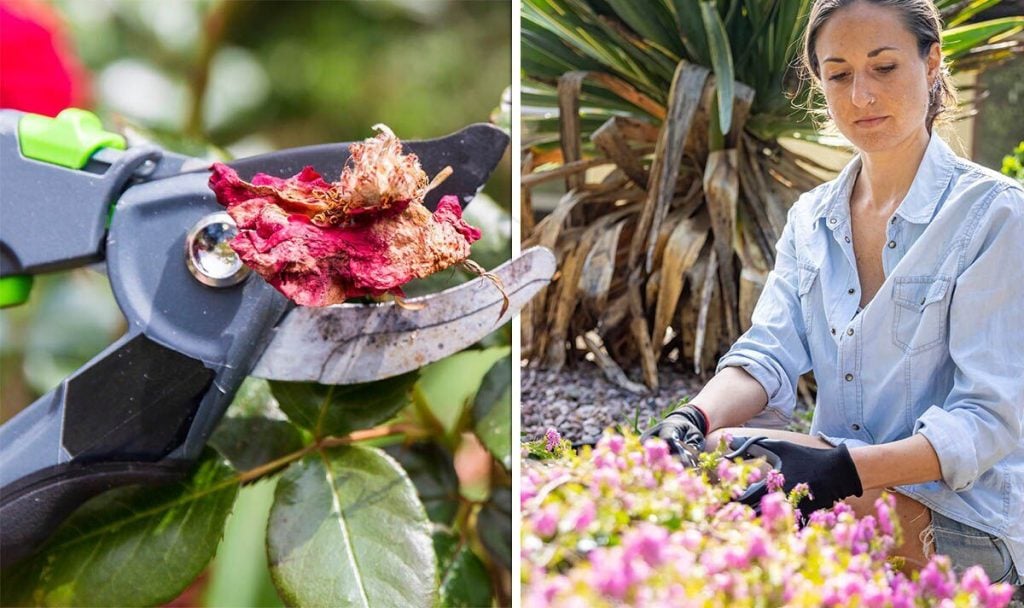
Pruning and deadheading can contribute to Nigella plants’ general health and aesthetics. So even though nigella usually doesn’t require a lot of trimming, some upkeep procedures might be helpful.
Deadheading involves removing wilted blooms, encourages continuous flowering, and stops self-seeding – so, if you wish to control its spread, deadheading is very much necessary! You may urge a plant to focus on its efforts on creating new blossoms rather than setting seeds by pruning off old blooms. However, leave some flowers on the plants so they can mature into seed pods in the following year.
In addition, pruning can assist in controlling the plant’s growth and form. By clipping around the stems, you may softly prune the Nigella plant back if it’s lanky or untidy. However, avoid removing too much foliage since it may hinder the plant’s ability to photosynthesize and grow.
7. Fertilisation For Nigella
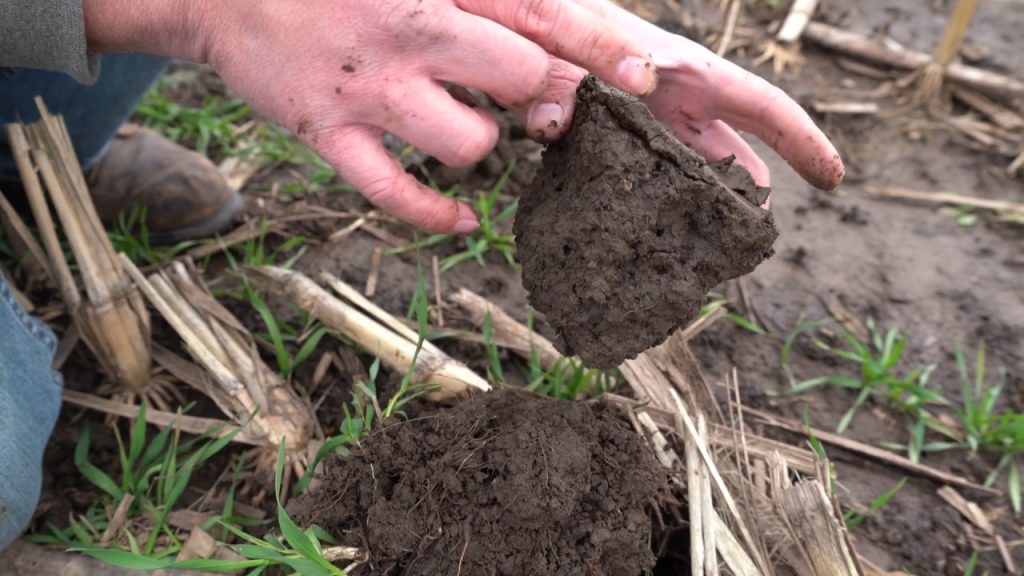
Also known as Love in a Mist, these flowering plants typically don’t need a lot of fertiliser. However, you may give them a nutritional boost using balanced, slow-release fertilisers during planting if your soil is poor or deficient in organic matter.
Alternatively, adding compost or well-rotted organic matter to the soil before planting the seeds can supply the essential nutrients for solid development. However, Nigella shouldn’t be overly fertilised because doing so might result in luxuriant foliage at the price of flower development.
You can boost the health and blossoming potential of your Nigella plants without the use of excessive fertilisation by keeping a balanced nutrient level in the soil.
8. Common Diseases and Pests
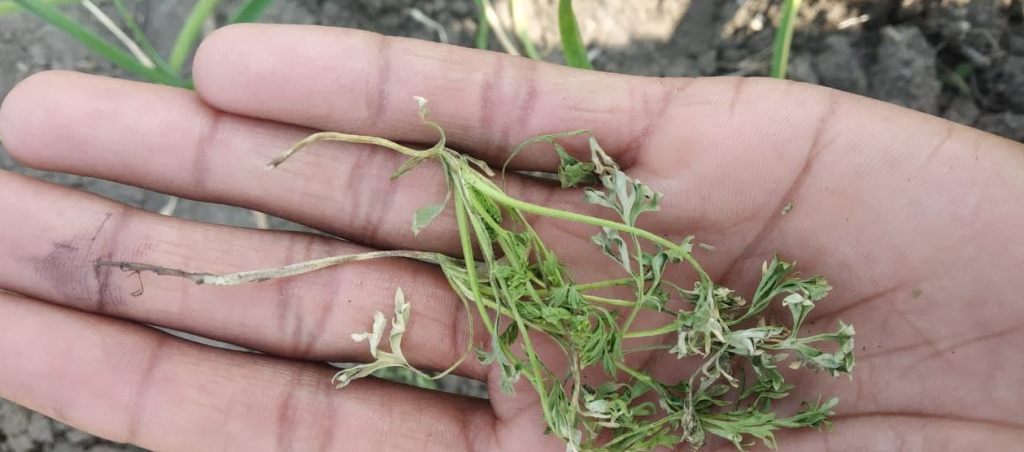
In general, nigella plants are resilient and resistant to the majority of pests and diseases. However, they may occasionally run into a few common problems. For example, plants and flowers may become infested by aphids, which harm plants by sucking sap from their leaves and stems. Therefore, check the nigella plants frequently and use natural pest management techniques. For instance, insecticidal soap can give you the best results by controlling the aphid population.
Slugs and snails may also be problematic since they eat the plant’s foliage. Barriers or organic slug pellets can be installed to deal with this issue. It will ensure snails and slugs are away from your beautiful flowering plant.
While all the problem mentioned above is due to insects, Nigella can also undergo fungal infection such as powdery mildew. By correctly spacing the plants, you can promote excellent air circulation and stop mildew from spreading. Then, take immediate action to remove and kill the infected plant portions. Above all, practice good garden hygiene to stay away from common diseases.
9. Harvesting Nigella
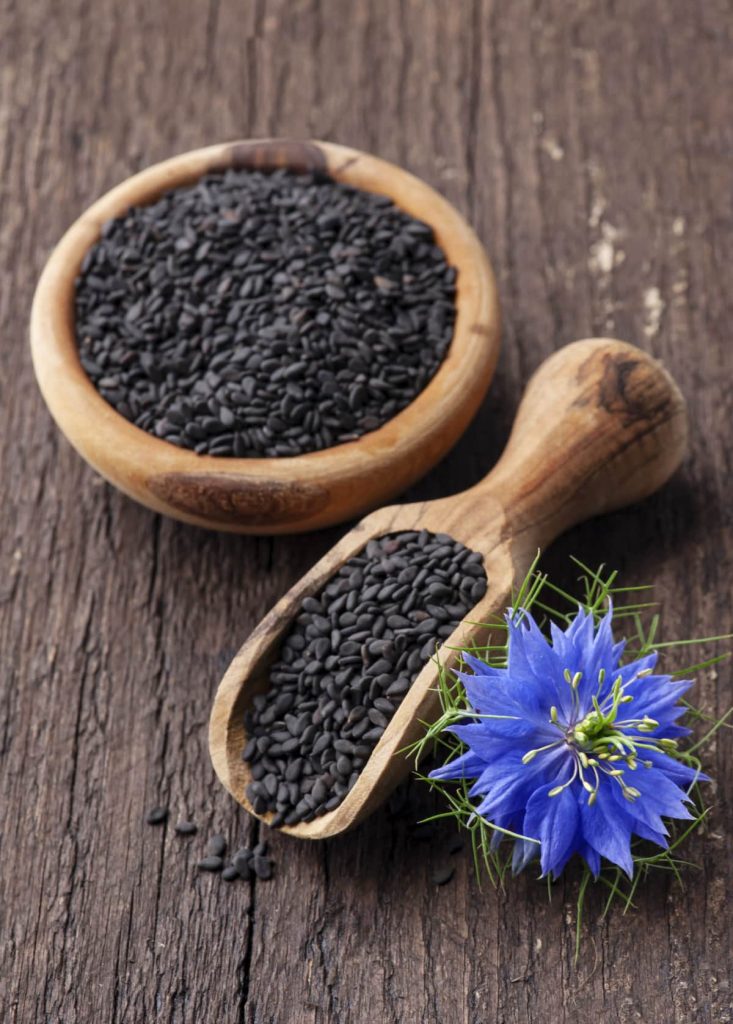
Nigella or Love in a Mist can be harvested to gather seeds or used in flower arrangements. Allow the seed pods to dry and become brown on the plant before collecting the seeds. When the pods are dry, gently remove them and crack them apart to get the tiny, black seeds. To save the seeds for later planting or to share with other gardeners, keep them in a cool and dry area.
Harvest the flowers for floral arrangements when they are entirely open but before they start to wilt. To appreciate their distinct beauty indoors, trim the stems slightly above a leaf node and put them in a vase with water.
To Sum Up!
The alluring annual flower Nigella ‘Love in a Mist’ lends a magical touch to any garden or floral arrangement. It is understandable why it is prized by gardeners with its exquisite blossoms, elegant foliage, and distinctive seed pods. You may successfully plant Nigella and take pleasure in its beauty all season long, according to the growing and maintenance tips covered above.
You can guarantee optimum development and vivid flowers by putting the seeds in well-drained soil, giving them enough sunlight, using the proper water techniques, and sometimes trimming.
Love in a Mist is guaranteed to enchant with its fanciful allure, whether you decide to gather seeds for future plantings or beautify your house with its attractive blossoms. Accept the charm of this lovely flower and allow it to enchant your lawn to offer you joy.
Frequently Asked Questions
Is the Uk Climate Appropriate for Nigella to Grow?
Yes, the UK climate is favourable for growing Nigella plants. Since Nigella is a native of Europe and can endure lower temperatures, it is a good fit for the environment of the UK. It can flourish in temperate and warm climates, and it is frequently planted as an annual flower in the UK.
When Do I Start Growing Nigella Seeds?
Nigella seeds can be planted either in the autumn or in the early spring. Direct seeding into the soil is best done at these times. Wait until the earth has defrosted and the weather has slightly warmed in the early spring. Then, the seeds should be planted in the autumn, a few weeks before the first date of frost, to give them time to establish before winter. By timing the seed sowing, you can provide the Nigella plants the best opportunity to germinate and flourish well.
Do I Need to Deadhead the Nigella Flowers?
Nigella flowers benefit from continuous flowering when deadheaded. To encourage self-seeding, leave some blossoms on the plant so that they can mature into seed pods.
How Do I Harvest Nigella Seeds?
Permit the seed pods to ripen and brown on the plant. Break open the pods after gathering the little black seeds and keep them somewhere cold and dry.

